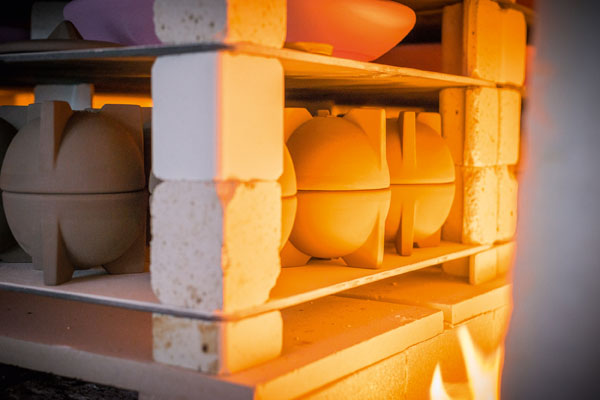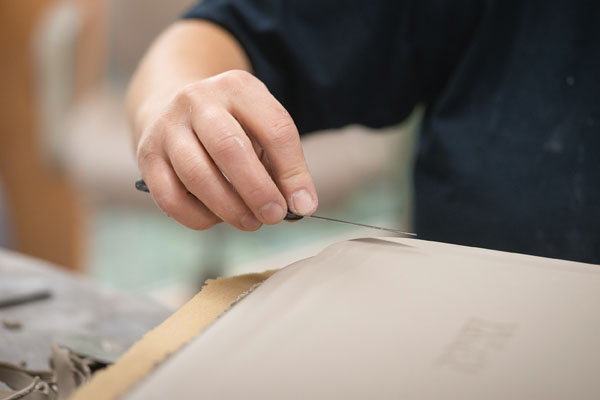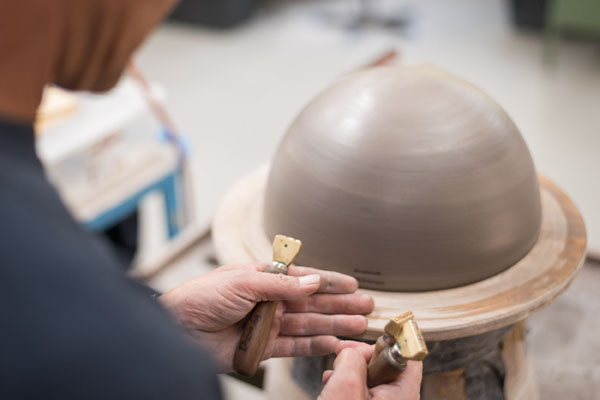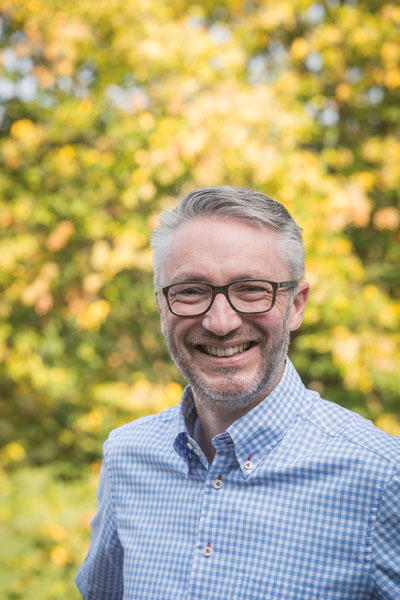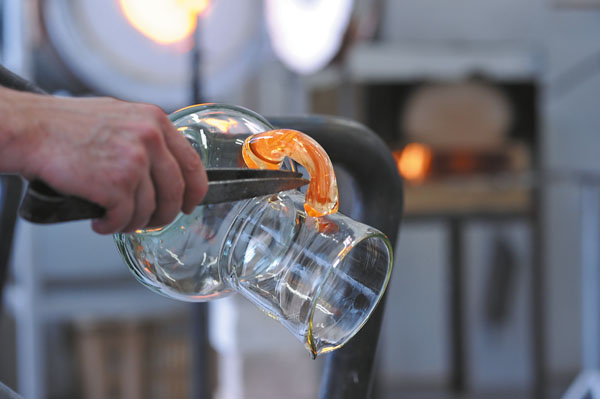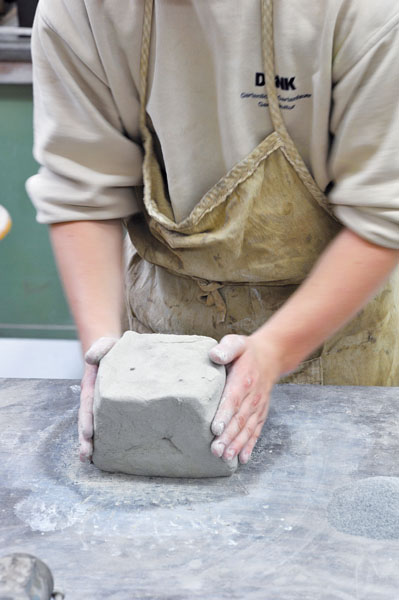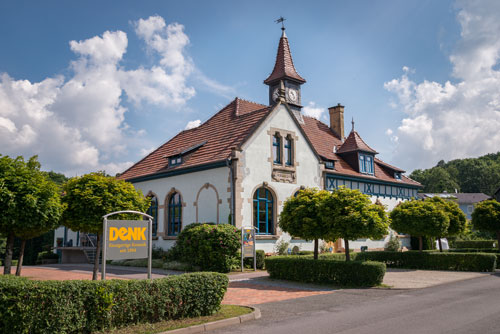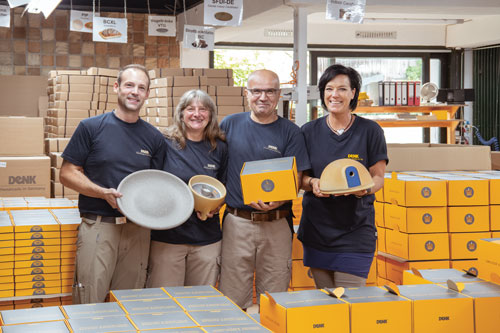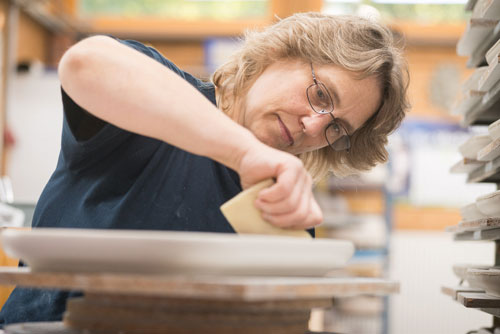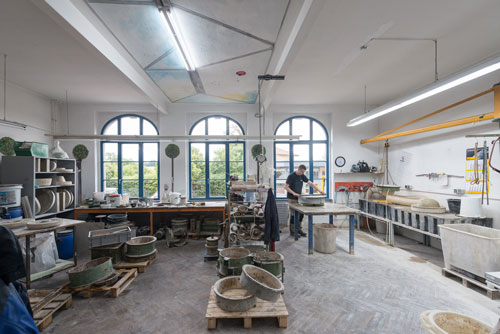Denk Keramik
Why are ceramicists involved in water activation?
Denk Keramik was established in 1964. In our workshops, the dry clay mixture is kneaded together with water to make clay that is ready for working after a four-week maturation period.
During the 1980s, my father, Franz Denk, experimented with using spring water instead of mains water for mixing the clay. This spring water bubbles up from a nearby spring that is fed by a hilly landscape of hybrid rock on the edge of the Thuringian Forest.
The results were positive: clay mixed with spring water was far easier to work. Its resistance to breakage when untreated was considerably higher and it was much less likely to crack when drying. However, the chemical water analysis values were hardly any different to those for our mains water. There was no scientific basis for these findings, but for us as craftsmen it was a tangible reality. For that reason, we looked for a way to transform our mains water into active spring water, which was the starting point for the development of 3Quellen water activation.
In 2008, after 10 years of successful use in our workshops and in two private homes, we decided to also offer 3Quellen technology to other users. 3Quellen devices are now used all over the world, in homes, workshops, industrial businesses and even in a German mineral spring.
The patent as a quality criterion
It was necessary for us to patent our device, on the one hand to protect our invention and, on the other, to document that our invention is technically explicable and not an esoteric magical device.
Technical devices are only patentable if they are
new, inventive and capable of industrial application. Known processes, pure discoveries or unusable ideas are as unpatentable as devices whose promised effects contradict the laws of nature. The criteria are checked by the patent offices on a case by case basis.
Our inventions are legally protected by three patents, 102009003162, 102014100025 and EP2891641, in Germany and in the European Union.

